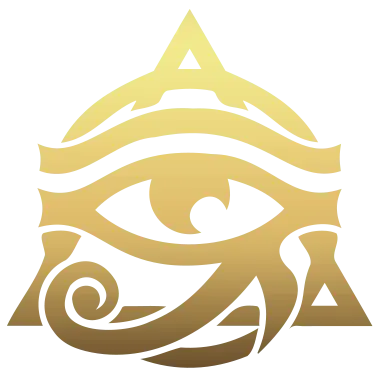7 Ways Education in Finland and South Korea Are Strikingly Different 🇫🇮🇰🇷
Education is a powerful driver of change, but not all systems approach it the same way. Two of the most talked-about models in the world are the Finnish and South Korean education systems. While both countries rank high in global assessments like PISA, their approaches couldn’t be more different. Finland is often praised for its relaxed, student-centered model that promotes creativity and well-being. In contrast, South Korea is known for its intense academic pressure, long study hours, and highly competitive environment.
So why do both systems work, despite being so different? What can other countries learn from their models? In this blog, we explore 7 striking differences between education in Finland and South Korea. These differences reveal not only contrasting philosophies but also show how culture, history, and societal values shape education. Whether you’re a student, educator, or parent, understanding these differences can offer insights into how learning can be approached more effectively in various contexts.
Let’s dive into these educational contrasts and see how two successful systems have chosen very different paths toward student achievement.
1. Philosophy of Education
Finland’s education system is grounded in equality, trust, and student well-being. Teachers are given autonomy, and there’s a belief that children learn best when they are happy and stress-free. There’s a national ethos that every child deserves equal opportunities, regardless of background.
Meanwhile, South Korea’s education philosophy is deeply rooted in Confucian values. Respect for authority, academic excellence, and hard work are emphasized. Success in school is often equated with personal and family honor.
Read more about Finland’s education policies here.
2. School Hours and Structure
In Finland, students spend fewer hours in school — around 20 hours per week for primary school — and enjoy frequent breaks. School typically starts at 9 AM and ends by 2 PM. This structure supports mental health and allows time for play, hobbies, and family.
In contrast, South Korean students often endure 12 to 16-hour days, starting with school, followed by after-school academies known as “hagwons.” This rigorous schedule is aimed at preparing students for university entrance exams.
Explore a real student schedule from South Korea on Brookings Institute.
3. Role of Exams
Finland has minimized standardized testing. There’s only one major national exam at the end of high school. The focus is on continuous assessment, teacher feedback, and student portfolios.
South Korea, however, revolves around exams. The “Suneung” — the national college entrance exam — is so critical that the entire country changes its routine on test day, including delayed work hours and halted flights during the listening portion.
Want to see what the Suneung looks like? Check it out on BBC.
4. Teacher Status and Training
Both countries value teachers, but the systems differ. In Finland, becoming a teacher is highly competitive, and all teachers must hold a Master’s degree. Once hired, they enjoy great autonomy and respect.
South Korea also respects teachers, but the job is often tied to performance metrics, especially in private institutions. Public school teachers are well-paid and secure, but the competitive nature of the profession can add pressure.
For more, see this article on Finland’s teacher training.
5. Homework and After-School Learning
In Finland, homework is minimal. Students are encouraged to learn through exploration and play. The idea is that less stress leads to more effective learning and creativity.
In South Korea, it’s the opposite. Homework is heavy, and private tutoring after school is the norm. This culture of “shadow education” puts significant pressure on students and parents alike.
Discover more about shadow education in Asia.
6. Use of Technology
Finland integrates technology thoughtfully. It’s not about using the latest gadgets, but using tech to support learning. Students are taught digital literacy, and many classrooms use flexible tools like tablets and smart boards.
South Korea, being a global tech hub, heavily incorporates technology into education. From AI-powered learning platforms to advanced online tutoring systems, Korean students are often ahead digitally. However, access can vary by socioeconomic status.
Compare digital strategies in education on EdTech Magazine.
7. Student Well-being and Mental Health
This is perhaps the most significant difference. Finland prioritizes student happiness. Schools provide meals, psychological services, and even relaxation rooms. Mental health is considered part of academic success.
Unfortunately, South Korea’s high-pressure system has contributed to growing mental health concerns among students. Stress, depression, and burnout are common. The government has acknowledged this and is working to reform aspects of the system.
Read a full report on Korean youth mental health by UNICEF.
Conclusion
Finland and South Korea show us that success in education can come from very different paths. While Finland emphasizes well-being and holistic growth, South Korea focuses on discipline and academic rigor. Both have strengths and weaknesses, but they reflect the cultures they come from. For educators and policymakers worldwide, the key lesson is balance — combining high standards with compassion and support. By learning from these two extremes, we can envision an education system that uplifts every child to reach their full potential.
Want to explore more education insights and global learning trends? Join our WhatsApp community now: WhatsApp community
Also check out our WhatsApp channel for more educational tips and updates: WhatsApp channel
Follow us on TikTok for bite-sized content: @Seifhollanda

